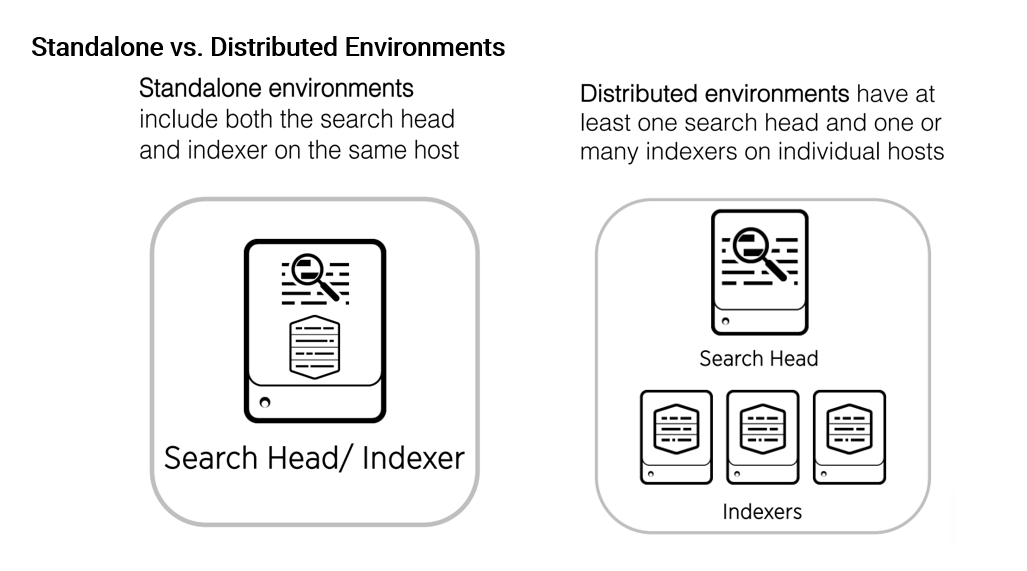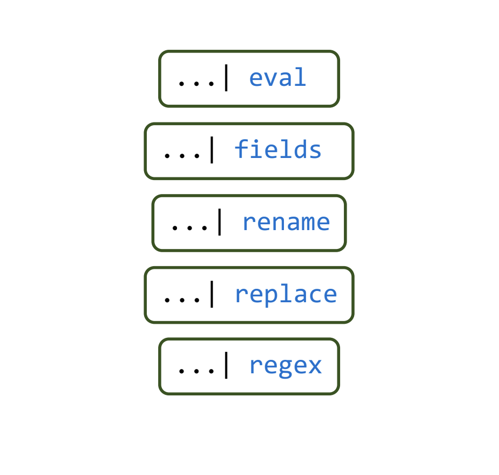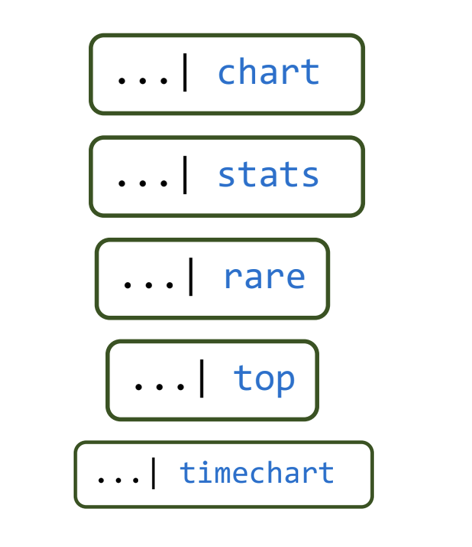Best Practices for Writing Efficient Splunk SPL Queries
By David Allen, Senior Splunk Consultant
Data is the lifeblood of any organization, and harnessing its insights is paramount for making informed decisions. In the realm of data analytics, Splunk stands out as a powerful tool for searching, monitoring, and analyzing vast datasets.
However, as datasets grow in size and complexity, the efficiency of your Splunk Search Processing Language (SPL) queries becomes a critical factor in unlocking the true potential of your data.
In this blog post, we delve into the art of writing efficient SPL queries—strategies and best practices that not only enhance the speed of your searches but also contribute to a more streamlined and effective Splunk experience. Whether you are a seasoned Splunk veteran or just embarking on your data analytics journey, understanding how to optimize your SPL queries is a valuable skill set.
In Splunk SPL, data is stored in indexes and the index command is used to specify the index or indexes from which you want to retrieve data. It is best practice to start your query with this command unless you are using another generating command. Here are scenarios and use cases where you would use the index command:
Data Segmentation
When your Splunk environment contains multiple indexes, you use the index command to segment your search to a specific index or a set of indexes. This is essential for isolating your search to a particular data source.
index=your_index sourcetype=your_sourcetypeEfficient Searches Across Indexes
If you need to search across multiple indexes, you can use the index command to specify a list of indexes. This is useful when your data is distributed across different indexes based on sources or use cases and ensures that Splunk only scans the relevant indexes, improving the efficiency of your queries.
index=index1
OR
index=index2Remember that the index command is a fundamental component of SPL and is often used in conjunction with other commands and criteria to tailor searches to your specific needs. Whether you’re conducting ad-hoc searches or building complex queries for monitoring and reporting, incorporating the index command allows you to precisely target and retrieve the data you require.
After using the index command in Splunk SPL to specify a particular index or set of indexes, you can further refine and reduce the dataset using additional SPL commands and criteria. Here are several techniques to narrow down and focus your search:
Specify Sourcetype or Source
After filtering by index, you can refine your search by specifying a particular sourcetype or source. This is particularly useful when you want to focus on a specific type of data within the selected index.
index=your_index sourcetype=your_sourcetypeTime Range Restriction
Limit the search to a specific time range using the earliest and latest parameters. This reduces the volume of data processed, enhancing search performance.
index=your_index sourcetype=your_sourcetype earliest=-24h latest=nowField-Based Filtering
Utilize field-based filtering to narrow down your search results based on specific field values. This is effective when looking for events that match certain criteria.
index=your_index sourcetype=your_sourcetype field_name=valueCombining Commands for Further Filtering
index=your_index sourcetype=your_sourcetype
| stats count by field_name
| search count>100
| table field_name, count
Advanced Field Filtering with eval
Use the eval command to create calculated fields that meet specific conditions. This is helpful for advanced filtering based on complex expressions.
index=your_index sourcetype=your_sourcetype
| eval new_field=if(old_field > 100, "High", "Low")
| search new_field="High"
Regular Expression (Regex) Filtering
Use regular expressions to filter events based on complex patterns or substrings. This is useful when you need to match events that follow a specific format. You can use a regex command for example to keep only the results that match a valid email address like buttercup@example.com.
index=your_index sourcetype=your_sourcetype
| regex email="^([a-z0-9_\.-]+)@([\da-z\.-]+)\.([a-z\.]{2,6})$"
Splunk Architecture Options
In this next section we will look at the different architectures in Splunk and how we can take advantage of those architectures to write even more efficient SPL. But first, a little background information explaining the differences between a standalone and distributed environments.
In Splunk, the terms “standalone” and “distributed” refer to different deployment architectures that organizations can adopt based on their data processing and scalability requirements. Let’s explore the key differences between a standalone and distributed environment in Splunk:

Standalone Environment
Single Instance:
In a standalone environment, there is a single Splunk instance. This instance performs all functions, including indexing, searching, and serving the user interface.
Indexing and Searching on the Same Instance:
In a standalone deployment, the indexing and searching processes take place on the same machine. This simplicity is beneficial for smaller use cases but can be a limiting factor as data volumes increase resulting in slower SPL execution times.
Distributed Environment
Multiple Components:
In a distributed environment, the Splunk deployment is composed of multiple components, each responsible for specific functions. Common components include indexers, search heads, and forwarders.
Indexing and Searching on many Instances:
Since every distributed environment contains more than one indexer and possibly more than one search head, searches can be distributed across all the indexers to effectively run your SPL in parallel on the indexers and each indexer runs the same SPL on its dataset. This results in lightning fast execution times compared to running the same SPL on a Single Instance.
But this potential gain of the distributed environment can only be utilized if the SPL commands are arranged for maximum efficiency. This is because only certain commands can be run on the indexers and other commands can only be run on the search heads and once one of the search head only commands is reached then all subsequent commands must be run on the one search head which reduces efficiency. Unfortunately, search head commands are not distributed across all search heads in search head cluster environments.
Distributable Streaming Commands
This type of command can run on the indexers. Here are the most common distributed streaming commands….

But as not all Splunk commands are distributable streaming commands, it is important to make sure that all preceding commands are distributable streaming commands. This will keep the SPL running on the indexers.
Transforming Commands
This type of command can only be run on search heads;

As you can see in order to accomplish one of these commands the instance running this command must have the entire dataset and once one of these commands is reached, then all the results from the indexers are sent to the one search head which from that point on completes the remaining query regardless of the type of command used.
So it is important as you write your SPL to run as much as you can on the indexers as long as possible before using a transforming command. Because once a transforming command is used all subsequent commands are run on the search head and the benefit of parallel processing is lost.
Execution Speed Calculation
You can always check to see how long it takes to run your search by looking at the Job Inspector. Here is how to do that:


In conclusion, mastering the art of writing efficient Splunk SPL (Search Processing Language) is pivotal for unlocking the full potential of this powerful analytics platform. Efficient SPL not only accelerates search performance but also enhances the overall user experience, enabling quick and accurate insights into your data.

